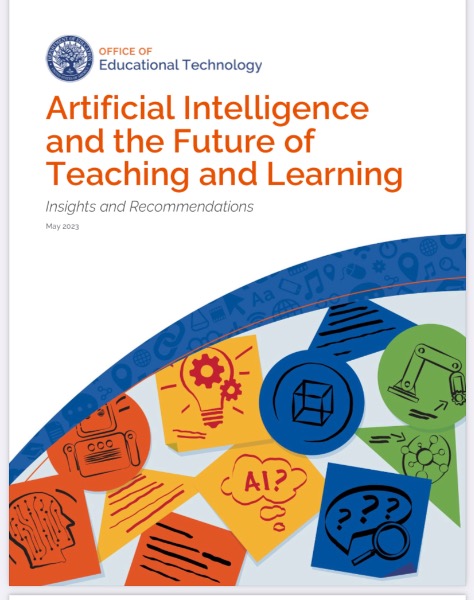Teaching Apprenticeships
When I was studying to become a teacher in the 1970s, the only "apprenticeships" were my student teaching experiences. At Rutgers, I went into secondary classrooms in a limited way in my sophomore and junior years and did my "student teaching" every day for an entire 15-week semester as a senior.
You might associate apprenticeships as a way of enabling students to learn by doing, but it is often used with vocational training where a more experienced tradesman or journeyman models behavior and provides feedback when the student attempts what was shown.
A teaching apprenticeship is a program that allows prospective teachers to work in schools while earning a paycheck and getting training. Apprenticeships are paid programs that can last one to three years. They offer on-the-job learning, mentorship, and a postgraduate-level qualification without tuition fees.
 Alternate route programs for teachers are designed for people who want to become certified teachers but have not completed a formal teacher preparation program at an accredited college or university.
Alternate route programs for teachers are designed for people who want to become certified teachers but have not completed a formal teacher preparation program at an accredited college or university.
Where I live in New Jersey, the Alternate Route Teaching Certificate Program is a two-year program that includes 400 hours (24 credits) of education courses. The program is also known as the Provisional Teacher Process (PTP). The program is designed for people who have earned an Instructional Certificate of Eligibility (CE) and have been provisionally hired by a New Jersey public school district. Alternate route teachers earn a Certificate of Eligibility (CE).
The program accommodates student schedules as they teach in a full-time teaching position simultaneously while completing required coursework. To pursue an alternative teaching program, you typically need to possess a bachelor's degree at minimum.
An article on The Future of Teaching Apprenticeships, discusses how apprenticeships provide an innovative way for educators to experience real-life challenges and hone their professional skills. They allow aspiring educators to gain hands-on experience, mentorship, and practice in actual classrooms.
Educator apprenticeships strongly emphasize mentorship, pairing novices with experienced educators who serve as their guides throughout the program. Unfortunately, there are few programs like this for higher education teachers.
This mentor-mentee relationship allows apprentices to benefit from the wisdom and expertise of seasoned professionals while also receiving ongoing support, constructive feedback, and opportunities to reflect on teaching practices. The mentor model is not new and is cited as a best practice, according to the Educator Prep Lab at the Learning Policy Institute, and is backed by a rich evidence base that prioritizes educator retention in the profession and other similar factors championed by teacher residency programs.

 The
The